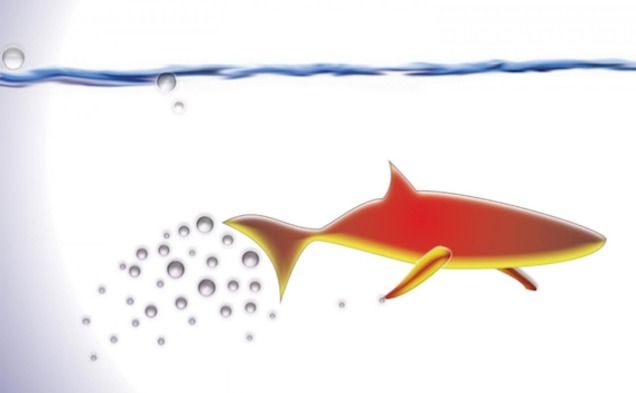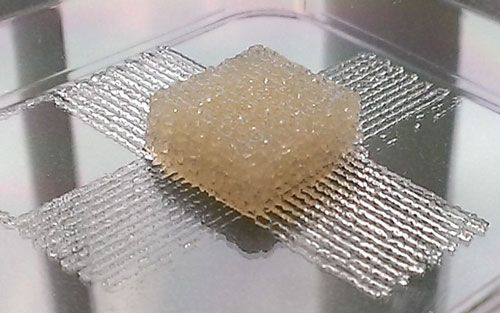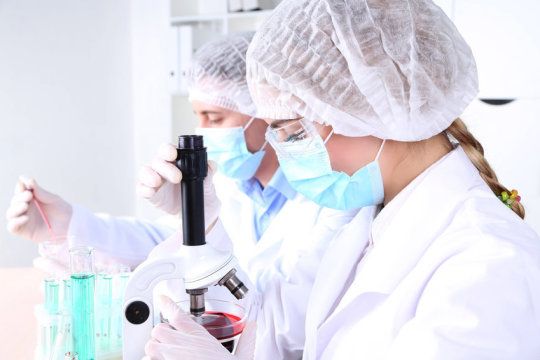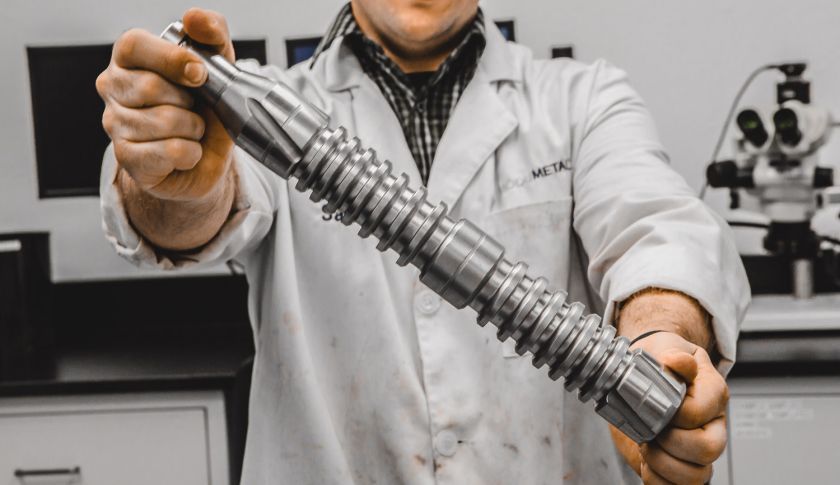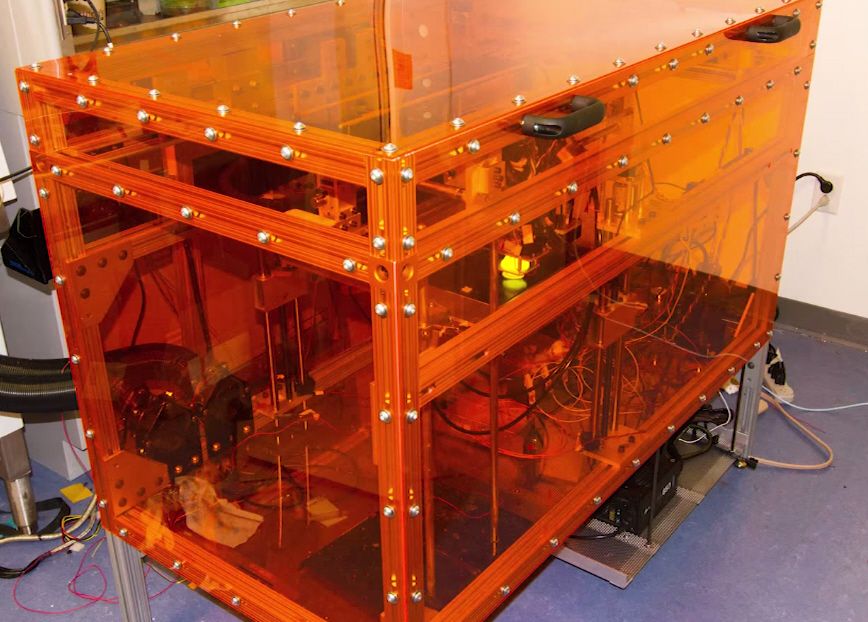Archive for the ‘3D printing’ category: Page 129
Sep 5, 2015
Thanks to 3D printing, prosthetics can now be built faster and way cheaper than ever before
Posted by Lily Graca in categories: 3D printing, biotech/medical, cyborgs
Sep 3, 2015
Mars One Mission Called ‘Unsustainable,’ And Here’s Why
Posted by Sean Brazell in categories: 3D printing, space

Ever heard of 3-D printing? Besides, if humanity had followed this guys advice, MIT or not, we would have never left Africa. Never built a new village, town, or city. Never gone to the moon — and we DEFINITELY would never have created a place like MIT AT ALL.
Life is messy, painful, rough and often unforgiving, but taking risks is part of our collective species identity. To succeed sometimes we have to fail, and if that’s what happens with this endevor then, at the very least we’ll know what NOT to try next time.
Continue reading “Mars One Mission Called 'Unsustainable,' And Here's Why” »
Sep 3, 2015
Delivering Drugs And Removing Toxins With 3-D Printed Micro-Robots
Posted by Roy in categories: 3D printing, biotech/medical, nanotechnology, robotics/AI
Nanotechnology and 3-D printing are two fields that have huge potential in general, but manipulating this technology and using it in biology also has tremendous and exciting prospects. In a promising prototype, scientists have created micro-robots shaped like fish which are thinner than a human hair, and can be used to remove toxins, sense environments or deliver drugs to specific tissue.
These tiny fish were formed using a high resolution 3-D printing technology directed with UV light, and are essentially aquatic themed sensing, delivery packages. Platinum particles that react with hydrogen peroxide push the fish forward, and iron oxide at the head of the fish can be steered by magnets; both enabling control of where they ‘swim’ off to. And there you have it — a simple, tiny machine that can be customised for various medical tasks.
In a test of concept, researchers attached polydiacetylene (PDA) nanoparticles to the body, which binds with certain toxins and fluoresces in the red spectrum. When these fish entered an environment containing these toxins, they did indeed fluoresce and neutralised the compounds.
Sep 3, 2015
Silk bio-ink could help advance tissue engineering with 3-D printers
Posted by Shailesh Prasad in categories: 3D printing, biotech/medical, engineering
Advances in 3-D printing have led to new ways to make bone and some other relatively simple body parts that can be implanted in patients. But finding an ideal bio-ink has stalled progress toward printing more complex tissues with versatile functions. Now scientists have developed a silk-based ink that could open up new possibilities toward that goal.
Sep 1, 2015
DNA-guided 3-D printing of human tissue is unveiled
Posted by Shailesh Prasad in categories: 3D printing, biotech/medical, chemistry
A UCSF-led team has developed a technique to build tiny models of human tissues, called organoids, more precisely than ever before using a process that turns human cells into a biological equivalent of LEGO bricks. These mini-tissues in a dish can be used to study how particular structural features of tissue affect normal growth or go awry in cancer. They could be used for therapeutic drug screening and to help teach researchers how to grow whole human organs.
The new technique — called DNA Programmed Assembly of Cells (DPAC) and reported in the journal Nature Methods on August 31, 2015 — allows researchers to create arrays of thousands of custom-designed organoids, such as models of human mammary glands containing several hundred cells each, which can be built in a matter of hours.
There are few limits to the tissues this technology can mimic, said Zev Gartner, PhD, the paper’s senior author and an associate professor of pharmaceutical chemistry at UCSF. “We can take any cell type we want and program just where it goes. We can precisely control who’s talking to whom and who’s touching whom at the earliest stages. The cells then follow these initially programmed spatial cues to interact, move around, and develop into tissues over time.”
Aug 26, 2015
This startup can grow metal like a tree, and it’s about to hit the big time
Posted by Shailesh Prasad in categories: 3D printing, materials
A little know startup in Seattle could do for metal what 3D printing is doing for other materials like plastic.
Aug 24, 2015
MIT’s New 3D Printer Can Print 10 Materials Simultaneously
Posted by Shailesh Prasad in categories: 3D printing, materials
Aug 19, 2015
Get Ready To 3D Print Your Own Satellites In Space — By Neel V. Patel | Inverse
Posted by Odette Bohr Dienel in categories: 3D printing, satellites, space
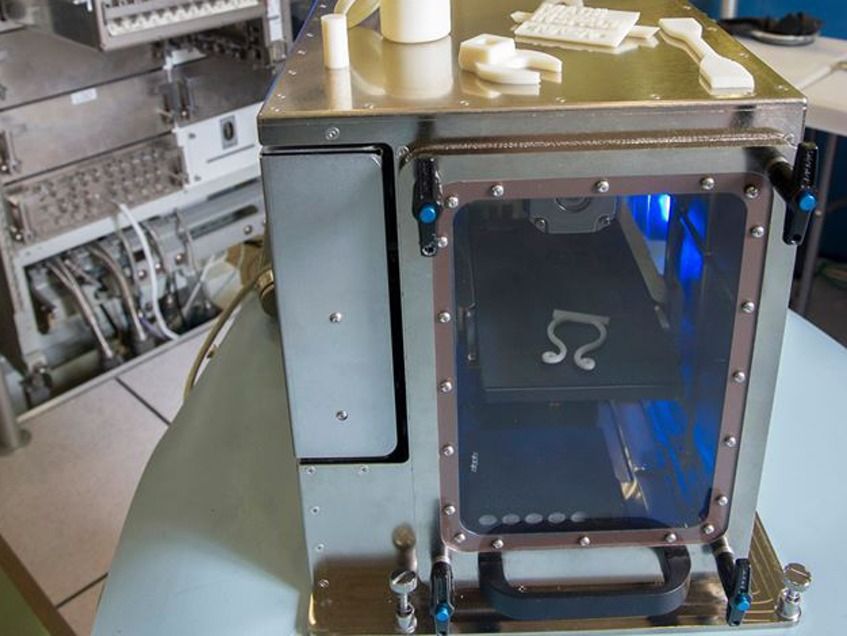
“A California startup called Made In Space wants to make 3D for use in orbit. The idea is to give consumers the opportunity to allow their own satellites to be built right there, several hundred miles above Earth’s surface. Plans are in motion to send up a printer capable of accepting printing instructions from the public and building whatever someone on the ground has in mind.”
Aug 18, 2015
FDA approved the first 3D-printed prescription drug
Posted by Laura Samsó in categories: 3D printing, disruptive technology, drones, hacking
How 3D printing is changing the way we manufacture and produce is already a fact, step by step, in different areas, from aerospace to the medical areas.
How will this impact the established processes, the economy, the patient …
Is this the dawn of personalized medicine? patients will be able to print their own pills at home? Will 3D printing represent an enhancement to distribution processes?
Continue reading “FDA approved the first 3D-printed prescription drug” »
